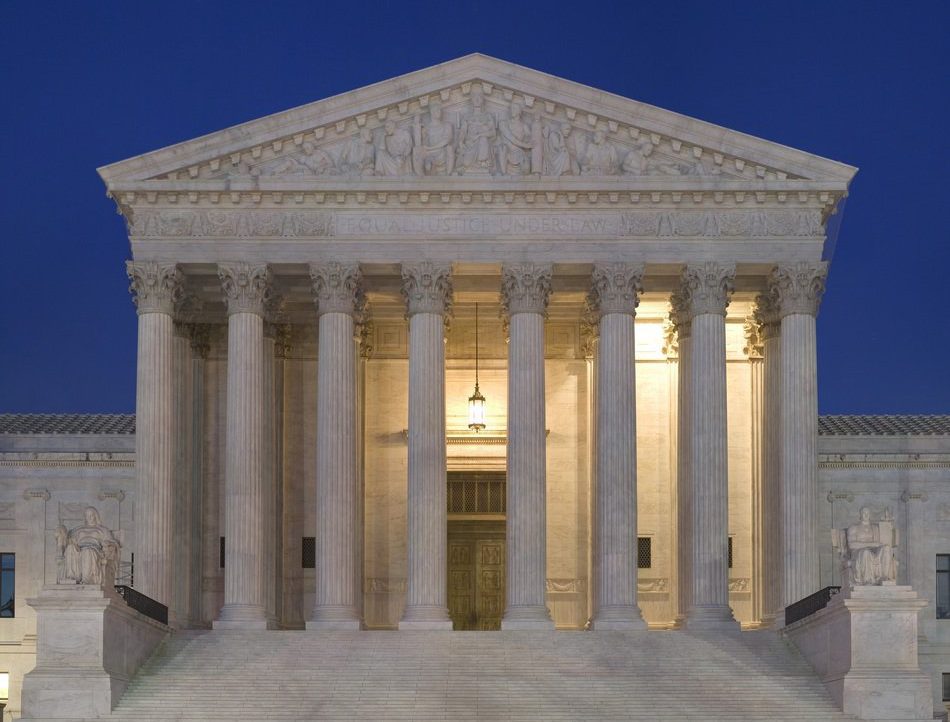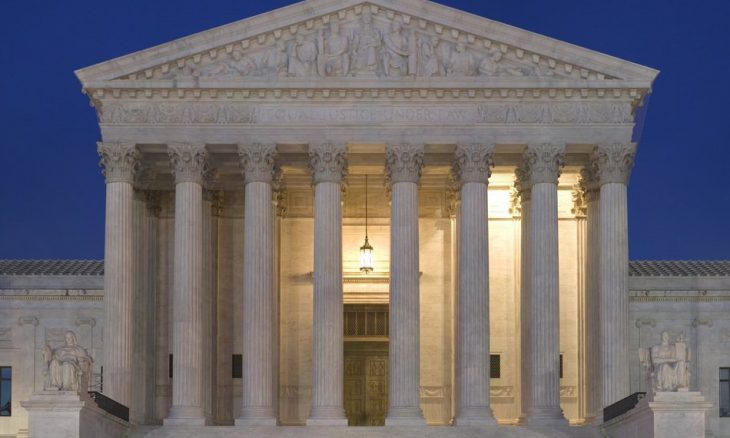Doing Justice for America

Article III, Section 1 of the United States Constitution reads, “The judicial Power of the United States shall be vested in one Supreme Court, and in such inferior Courts as the Congress may from time to time ordain and establish.”
Although the Constitution establishes the Supreme Court, it permits Congress to decide how to organize it. This is an important factor as some in Congress want to increase the number of justices who serve on the court.
In 1789, the Judiciary Act set six justices as the number to serve on the high court. It also established the lower federal court system. Across America’s history, Acts of Congress have changed the number of Justices from a low of five to a high of 10. Shortly after the Civil War, the number of seats was fixed at nine, which is where it remains today.
Current members of the Supreme Court are John G. Roberts, Jr., Chief Justice, and, in order of their tenure on the court, Associate Justices Clarence Thomas, Samuel A. Alito, Jr., Sonia Sotomayor, Elena Kagan, Neil M. Gorsuch, Brett M. Kavanaugh, Amy Coney Barrett, and Ketanji Brown Jackson.
Although the appointments of Supreme Court justices are for a lifetime, four former Associate Justices are retired and still living: Sandra Day O’Connor, Anthony M. Kennedy, David H. Souter, and Stephen G. Breyer.
The Supreme Court is the nation’s final arbiter of the law and is charged with ensuring the American people the promise of equal justice under the law. The court functions as the guardian and interpreter of the Constitution.
While it may often seem that the highest court takes on cases that have little resonance with everyday life, the situations that come before the justices are actually threads from the national fabric. The nature of the Supreme Court is to be apolitical, yet they regularly hear cases that involve some of the most contentious questions that divide the nation. Even the names of some of the cases have entered into everyday vernacular.
The 1803 case of Marbury v. Madison decided that it is the province and duty of the Judicial Department to determine what the law is. Dred Scott v. Sandford in 1857 enhanced the debate surrounding the abolition of slavery that eventually led to the Civil War.
Another, more recent, landmark case, was Brown v. Board of Education (1954) which overturned a historic case, Plessy v. Ferguson (1896) which had created the “separate but equal” racial doctrine. Brown paved the way for desegregating public schools and helped to launch the civil rights movement.
In 1966, Miranda v. Arizona resulted in “Miranda rights” being given to individuals on arrest: “You have the right to remain silent… You have the right to an attorney.”
The 1973 case of Roe v. Wade, overturned in 2022 by the Supreme Court’s decision in Dobbs v. Jackson Women’s Health Organization, remains a centerpiece in the controversy about abortion “rights.” In overturning the half-century-old case, Supreme Court Justice Samuel Alito, writing for the majority, said Roe and cases affirming it “must be overruled” because they were “egregiously wrong,” the arguments “exceptionally weak” and so “damaging” that they amounted to “an abuse of judicial authority.”
Also among the decisions in June 2022, the court held in Kennedy v. Bremerton School District that the free exercise and free speech clause of the First Amendment protects an individual engaging in a personal religious observance from government reprisal.
The Supreme Court has already agreed to hear a number of cases in their 2022-2023 session. Among them are two (or more) cases on the legality of institutions of higher education to use race as a factor in granting admissions, several cases involving the Due Process Clause of the Fourteenth Amendment, a case involving privacy rights in a medical situation, and a case challenging the U.S. Department of Homeland Security’s immigration enforcement guidance. These cases and many more hold implications for a large number of America’s citizens.
The prophet Isaiah, in his first chapter, verses 16 and 17, says, “Cease to do evil, learn to do good; seek justice, correct oppression; bring justice to the fatherless, plead the widow’s cause.” Equal justice under the law is a Godly, righteous principle.
How then should we pray?
- For each of the Supreme Court justices as they fulfill their role in interpreting the law and Constitution.
- For discernment as the justices choose the cases that will come before the Supreme Court when they convene their next session on October 3.
- For wisdom for the justices as they oversee their circuit jurisdictions.
- For the Lord to accomplish His just purposes through the rulings of the Supreme Court
- That the nation’s highest court would decide cases impartially, staying true to the facts and evidence at hand and the laws that govern them.





